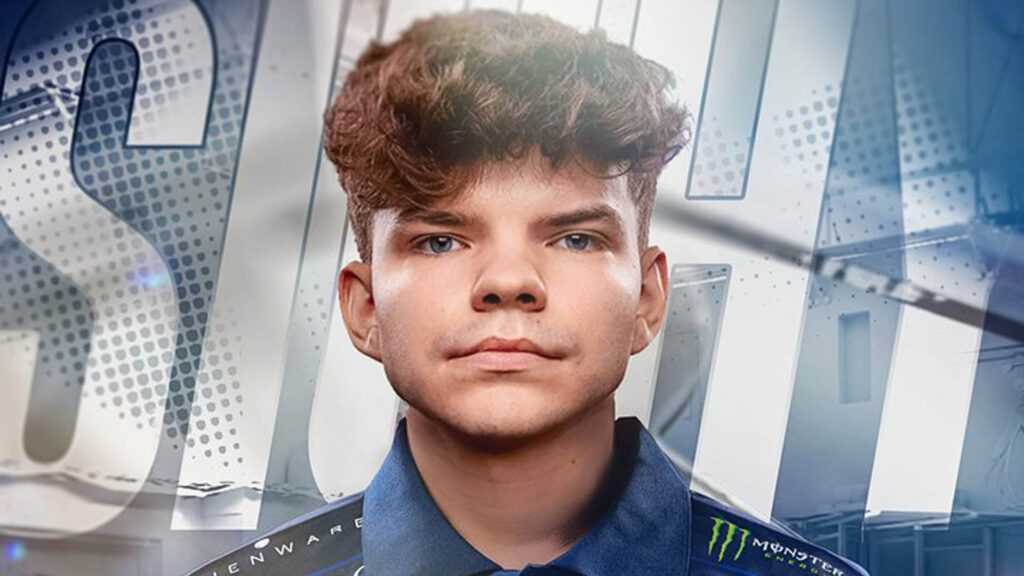
Learning how to play the Digimon card game from an onlooker’s perspective can be a little daunting at first. Experienced players who know how to play the Digimon card game often do so at high speed, and common decks often need very little explanation when both are on the same page. To help you get to grips with the game, we’ve put together a guide on the core pieces. Use this whenever you need a refresher on how to play the Digimon TCG!
Credit: Gamepur
How to play the Digimon Card Game’s 3 Different Card Types
The Digimon card game has technically 4 different classifications of card type: Digimon, Tamer, Option and Digi-Eggs. These are denoted at the top centre of a card, should you need to check.
Digi-Eggs are your starter Digimon that are used to start your Digivolution chains. They are functionally similar to Digimon cards except they have no Damage Points (DP – the game’s health and attack power) and are therefore deleted, should they ever be the top card of a stack.
Digimon
The main cards you’ll be using when playing. Digimon cards are comprised of Play Costs (1), DP (2), Digivolution Costs (3), Card Text if applicable (4), Level (5), Name (6), Traits (7) and Inheritance (8). This sounds like a lot written out but is largely self-explanatory. If a Digimon’s DP is reduced to zero by any card effect, it is deleted. The main color of a Digimon is denoted by the color of their inheritance.
Options
These cards are Digimon’s spell cards. Just like Digimon, these cards also have colors. Option cards use these colors as requirements in order to play them. This means you need to have a Digimon of the same color in play or in the raising area. Tamers are also sources for your color requirements. This is especially important for cards such as our example card, Megadeath. Because it has Blue and Green as its color requirements, you need to have both a Blue AND a Green source to play the card. Tamers and Digimon which are 2 colors can count as both sources if necessary. Option cards are comprised of their Cost (1), Card Text (2), Name (3), Traits if applicable (4) and Security effect (5). The security effect is the effect of the card if it is revealed during a Security Check. Color requirements are not needed to be met if the card is hit in security.
Tamers
Tamers are humans from the show that act as support cards for your Digimon in battle. Often, players use tamers to have permanent color sources to use option cards, as well as support their in-play Digimon, and/or give themselves extra memory to extend their plays. While not always necessary in every deck, these are staples of most booster boxes and starter decks. Tamers are comprised of: Play Cost (1), Effect Text (2), Name (3), Traits if applicable (4) and Security effect (5).
How to play the Digimon Card Game in each Phase
There are a few steps to every turn in the Digimon TCG.
Start of Turn: At the start of the turn, all cards with “Start of Turn” effects trigger. Then, all your suspended cards are unsuspended.
Draw Phase: Where the turn player draws 1 card from their deck. If this is the first turn of the game, the player going first does not draw. If the player cannot draw during this phase, they lose the game.
Breeding Phase: If you have a level 3 or higher Digimon in your raising area, you may move the stack to the Battle Area. If you have no Digimon in the raising area, you can flip over the top card of the Digi-Egg deck to the open slot in the raising area.
Main Phase: Unlike games such as Yu-Gi-Oh! where battling is done in a specific phase, Digimon battles can take place at any time during the Main Phase. The Main Phase lasts until all effects have resolved after the cost of an action (playing a Digimon, option or tamer, Digivolution, etc) causes the memory counter to pass to the other side. After an Egg is hatched, or Digimon “raised” from the breeding area, the “Start of Main Phase” effects trigger. Digimon played during your turn cannot attack the turn they are played (under normal circumstances).
End Phase: Once you have passed memory to the other side and the effects have resolved, the End Phase begins. Here, any “End of Turn” abilities will activate. Should this result in you gaining memory to go back to zerop (which is still considered your turn) or greater, then you return to the Main Phase. If not, then your opponent starts their turn, and their “Start of Turn” effects will trigger as they follow the same phase progression.







